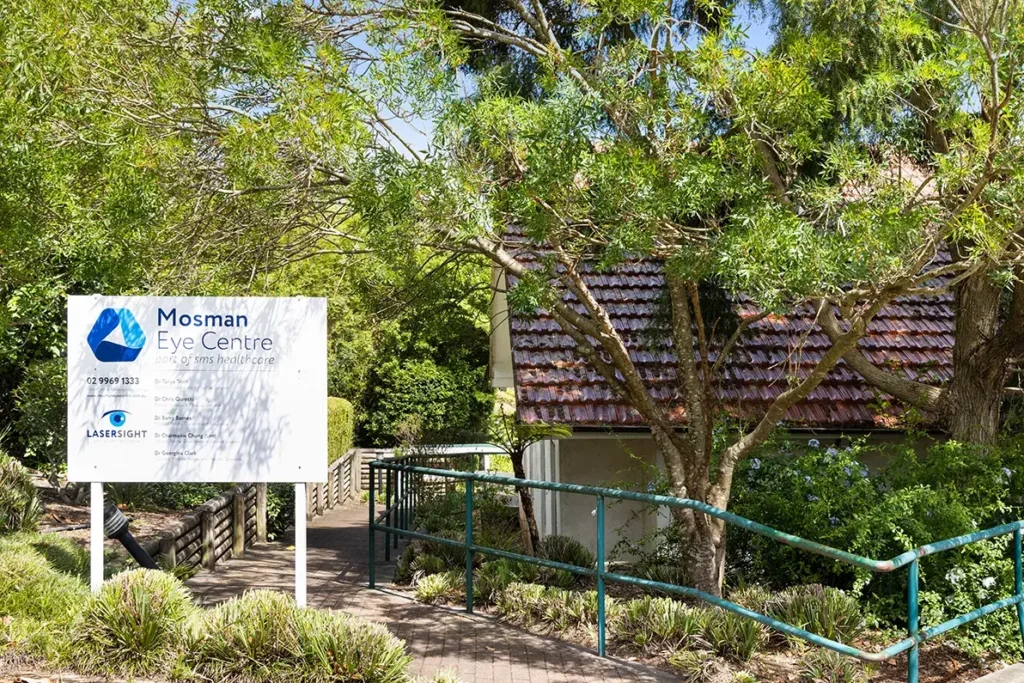The orbit (eye socket) is shaped like an ice cream cone, with the eyeball at the front and the orbit walls being made of bone. The orbit has a small volume of about 30ml, 7ml of which comprise the eyeball. Other important structures within the orbit include the muscles controlling eye movement, the optic nerve, fat to cushion the eye and large arteries and veins.
There are several conditions that can affect the eye socket, see below.
What are Orbit Tumours?
The orbit (eye socket) is shaped like an ice cream cone, with the eyeball at the front and the orbit walls being made of bone. The orbit has a small volume of about 30ml, of which 7ml is the eyeball. Other important structures that are situated in the orbit include the muscles controlling eye movement, the optic nerve, fat to cushion the eye and large arteries and veins.
Many tumours that occur in the orbit are benign (don’t break off and spread to other parts of the body), however, they may grow and press on vital structures such as the optic nerve and eye and slowly cause loss of vision.
What are the symptoms?
Sometimes tumours are found as an incidental finding on imaging of the head for some other reason.
Some patients may notice, protrusion of the eyeball, double vision, loss of vision or pain or a sense of fullness in the orbit.
Treatments:
The type of surgery required depends on position of the tumour within the orbit and in relation to the optic nerve and eyeball.
If the tumour is behind the eye in order to remove it without stretching the optic nerve which is attached to the back of the eyeball, part of the bone of the orbit rim is removed to gain access to the tumour. Usually the specialist is able to place the skin incision in the crease of the upper eyelid and so scars left are minimal. At the end of the procedure the bone is secured back in place.
Structures neighbouring the orbit include the brain and sinuses, and so occasionally your specialist will organise to operate as a combined procedure with either a neurosurgical or ENT colleague.





